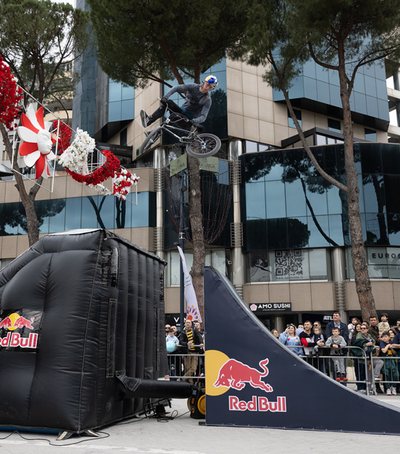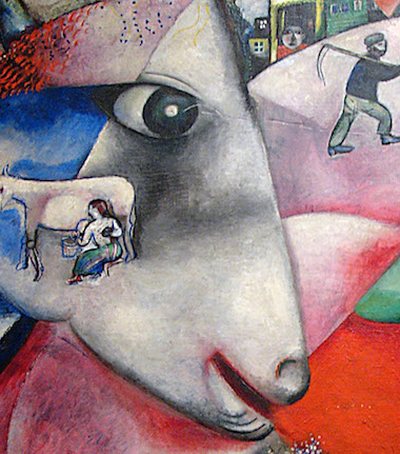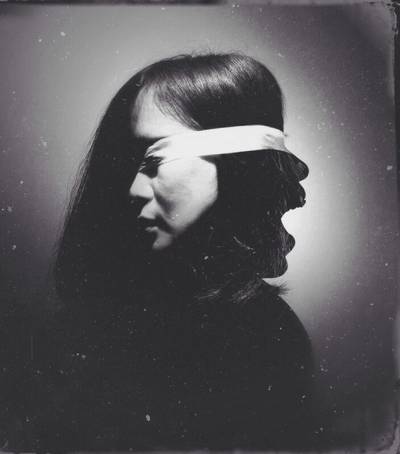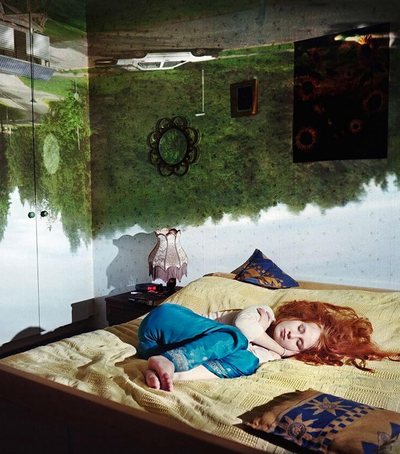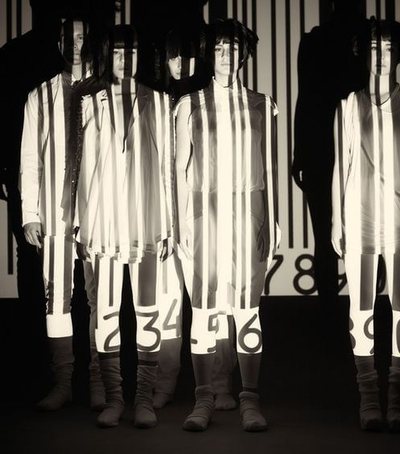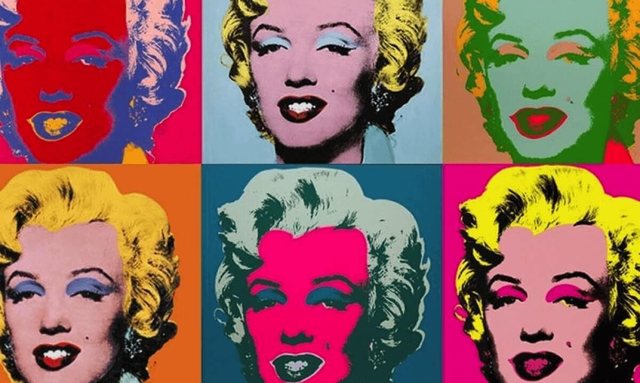
From MoMA Learning
(Museum of Modern Art, New York)
Post-war context
In the years following World War II, America enjoyed an unprecedented period of economic and political growth. Many middle-class Americans moved to the suburbs, encouraged by the availability of affordable, mass-produced housing. A new kind of music, rock and roll, exploded into popular culture, becoming a soundtrack to teenage rebellion. Marilyn Monroe reigned as the movie star, and television replaced radio as the dominant media outlet.
By the late 1950s and early 1960s, a cultural revolution was underway, led by activists, thinkers, and artists who sought to change and even overthrow what was, in their eyes, a social order stifling with conformity. The Vietnam War sparked mass protests, the Civil Rights Movement demanded equality for African-Americans, and the women's liberation movement gained momentum.
Pop Art: Inspired by the Everyday
It was during these turbulent times of experimentation and increasing consumerism that a new generation of artists emerged in Britain and America in the mid- to late 1950s. These artists began to look to their immediate environment for inspiration and materials. They made art that reflected, critiqued, and, at times, incorporated objects of everyday life, consumer goods, and the messages and imagery of mass media. In reference to this popular appeal and its engagement with popular culture, this art was called Pop Art.
Pop artists sought to be direct in their art, using bold bands of primary colors, often straight from the paint tube or can. They adopted commercial advertising methods such as screen printing or mass production, downplaying the artist's hand and subverting the idea of ??originality and value—in contrast to the huge, expensive abstract paintings of the Abstract Expressionists, whose work had dominated postwar American art. Pop artists favored minimalism, everyday (even mundane) imagery, and heavy doses of irony and wit.
But many Pop artists, including Andy Warhol and Roy Lichtenstein, were acutely aware of the past. They sought to connect the traditions of fine art with the mass culture of television, advertising, film, and puppetry. At the same time, they challenged traditional boundaries between mediums and techniques, merging painting with photography and printmaking, combining handmade and ready-made or mass-produced elements, and bringing together objects, images, and sometimes text to give them new meaning.
Source: https://www.moma.org/learn/moma_learning/themes/pop-art/

